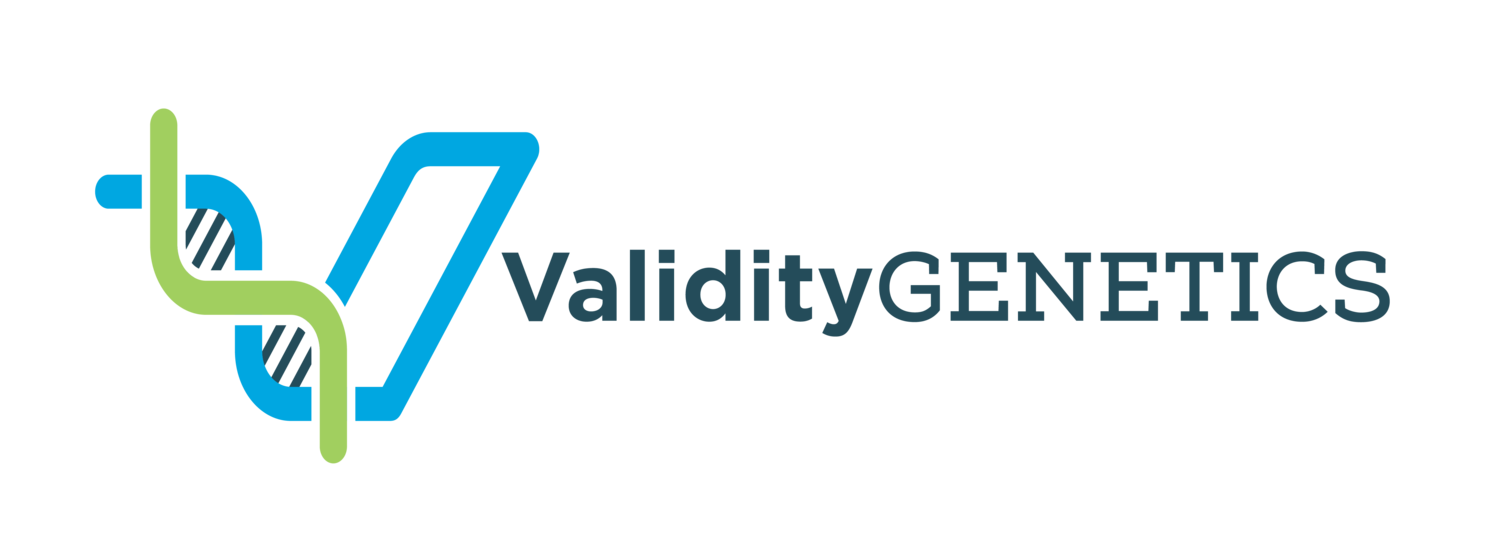Sibling DNA Testing
The sibling DNA test is most commonly used when trying to find out if there is a relationship between two people when a parent is unavailable. The test uses statistical analysis to compare the DNA of siblings. This can determine if alleged siblings share both parents, one parent, or no parents at all.
DNA tests for siblings can have three possible conclusions:
Full Sibling
Half-sibling
Unrelated
Sibling-ship DNA testing is analyzed through probability, which may lie in between 0% to 99.99%.
Higher percentages of about 50% generally indicate a full sibling (i.e. they share both parents). Probability percentages of about 25% indicate half siblings (i.e. they share a single parent) and lower percentages indicate that the individuals are unrelated.
The results for sibling-ship can be made more accurate by including a common parent in the testing procedure. The reason for this is because the DNA shared by siblings is comparatively lower than the amount shared with parents.
Involving either or both alleged parents in the testing procedure can guarantee the results with better confidence.
Full Sibling VS. Half Siblings
This DNA test determines the probability that two individuals who have the same biological mother also have the same biological father.
This DNA test analysis can also determine the probability that two individuals sharing the same biological father have the same or different biological mothers, and vice versa.
For increased accuracy of this test, it’s recommended that at least one parent is also tested. This greatly improves the conclusions of the test.
Full VS. Half Siblings VS. Unrelated
This DNA analysis determines the likelihood of whether the two individuals tested may have the same mother and/or father, as opposed to being completely unrelated.
For greater accuracy of the test, we recommend samples from one, or preferably all, of the alleged, biological mothers and fathers.
Please note that a sibingship test may not always be as conclusive because the inheritance pattern and genetic markers vary between offspring even if they have same parent(s). This is because the inheritance pattern and genetic markers vary between offspring more than they do between a parent and child.
For the Most Accurate Results in a Sibling DNA Test
The DNA from the known child of the possible father should be used to see if the two potential siblings are related.
When the father is unavailable or unwilling the known mother of the child should be included in the DNA testing.
If the known child doesn’t share the same mother as the child being tested, then both mothers should contribute their DNA to increase the chances of getting conclusive results. (This would be a Four Person Sibling Test as opposed to our standard Three Person test kit, when ordering.)
Reminder: Home Testing Kits cannot be used in legal cases or for court orders.
For all questions contact us or email us at Info@ValidityGenetics.com


